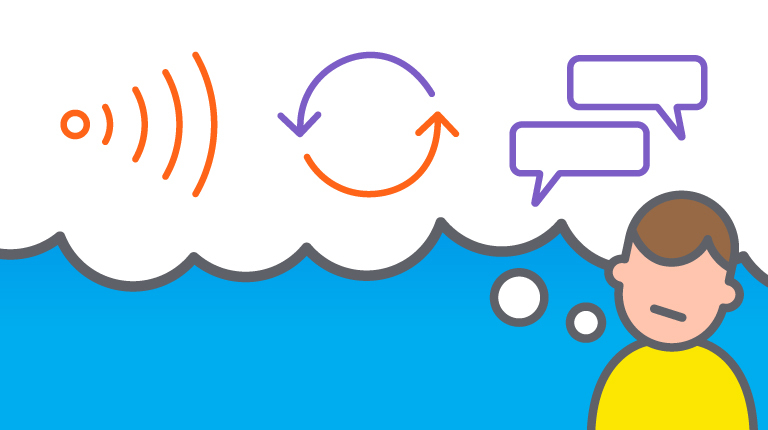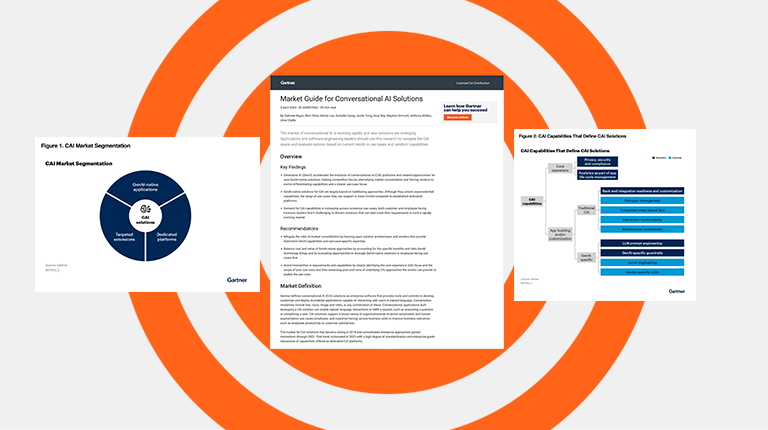There’s a lot of promise in the technology world. For example, when I bought my new TV, it advertised that I could speak commands into the remote instead of having to traditionally scroll through the menu options. How cool!
It didn’t take long for me to realize that only one out of every 10 commands was actually recognized, leaving me breathless and angered after multiple attempts of trying to say phrases in the exact order and inflection that was necessary to be understood. It’s safe to say that now I just use the remote like a traditional remote, without even attempting to use the innovative voice feature.
What does this have to do with the contact center?
Well, automated systems have failed consumers in the same way. The promise of omnichannel–a seamless integration of automated self-service across digital and voice channels– had us believing that customers could call a business, pause the conversation, and then pick up the same conversation without losing context through texting.
In reality, there are only a handful of companies who have achieved this. And the majority of failures fall in the same bucket as my new TV remote: they aren’t optimized for voice.
In self-service automation technology, voice is the most difficult yet the most important piece of the puzzle to get right. Customers like conversation that feels natural. Unless technology can actually communicate at a human level, the interaction will fall short because humans will instantly become frustrated when the conversation feels effortful.
Finding your voice
There are a few things that voice applications, powered by Conversational AI, can do differently that make omnichannel possible. Here are some best practices to ensure your solution is able to be successful at omnichannel:
Better voice= better omnichannel
If you’re working with a vendor to implement self-service technology, voice should be a top priority. It’s technically more difficult for a Conversational AI application to understand spoken words versus typed words (because the nuances of voice such as background noise, accents, and slang can be difficult to understand). Therefore, vendors that focus on voice will inherently have more advanced voice and text-based applications.
Actually carrying context
The ability to understand and carry context throughout a conversation is rare for Conversational AI applications, and it’s what makes a platform truly omnichannel.
What does it mean to carry context? Imagine you’re on the phone with your spouse and you say that you will text them a list of things you need them to pick up from the store. When you text them the list, your spouse doesn’t require any additional information, because they remember the phone call. That’s essentially a successful omnichannel experience: one conversation on multiple channels.
However, we often see that backend system integrations do not allow for this kind of crossover of channels. In fact, these self-service channels often can’t recall context even within one channel. When this context doesn’t exist between channels, a platform is multichannel, not omnichannel.
Use humans to fill gaps
Even for the most advanced applications, there can be inputs that are difficult to interpret. When this happens, it’s essential for a human agent to step in to teach the AI how to interpret the input so it can learn for the future. The customer never knows that this is happening, and the conversation continues with the automated system as normal. This keeps costs low, while still maintaining the human-like conversation.
In terms of omnichannel, keeping a human-level of conversation is necessary to ensure the continuation of context. If there are utterances that are not understood by the system, false information may be inferred which can result in a frustrating experience for the customer.
All systems working together
The entire contact center must be working in harmony for omnichannel to be successful. If one piece is out of place—such as the CRM database, payment system, or scheduling platform—then the voice and text platforms will not be able to connect seamlessly, leading to fragmented customer experiences. A well-integrated IVA is essential for ensuring that automation doesn’t just provide answers but can take meaningful action. When an IVA is properly connected to backend systems, it can process payments, update account information, schedule appointments, and retrieve real-time data from inventory or customer records. This eliminates the need for customers to switch between channels or repeat information.
Organizations that prioritize these integrations will see a significant improvement in customer satisfaction, as well as operational efficiencies. Rather than offering disconnected, frustrating experiences, businesses can provide smooth, intuitive self-service that keeps customers engaged—no matter the channel they choose.




